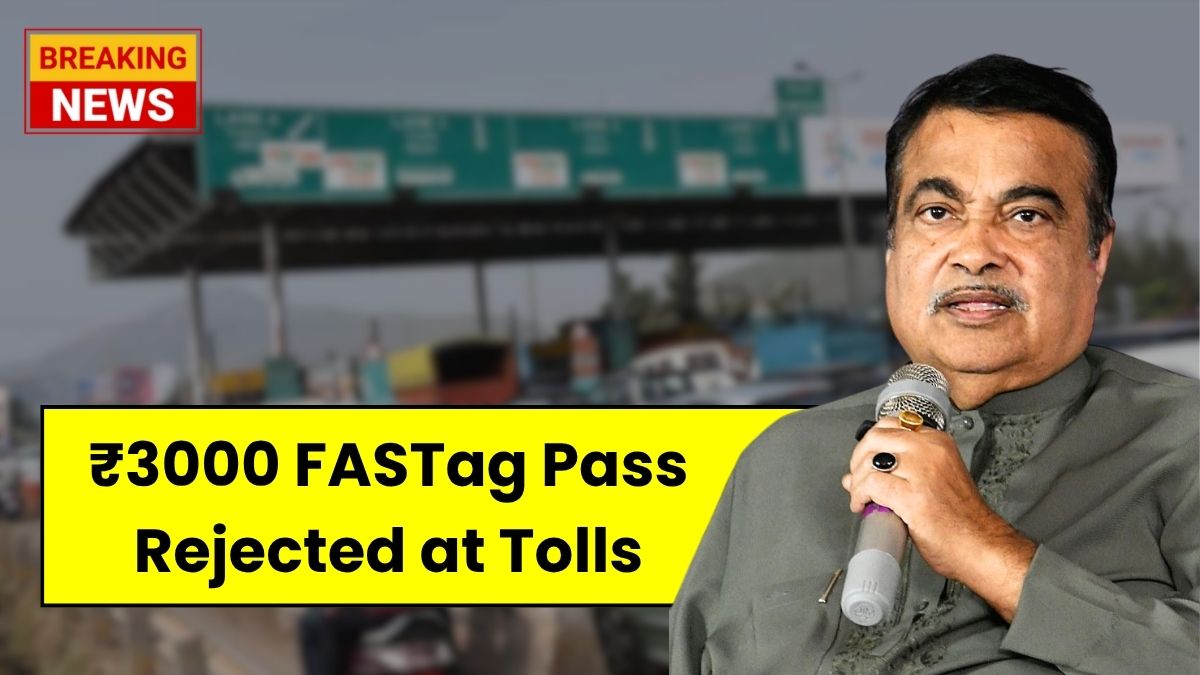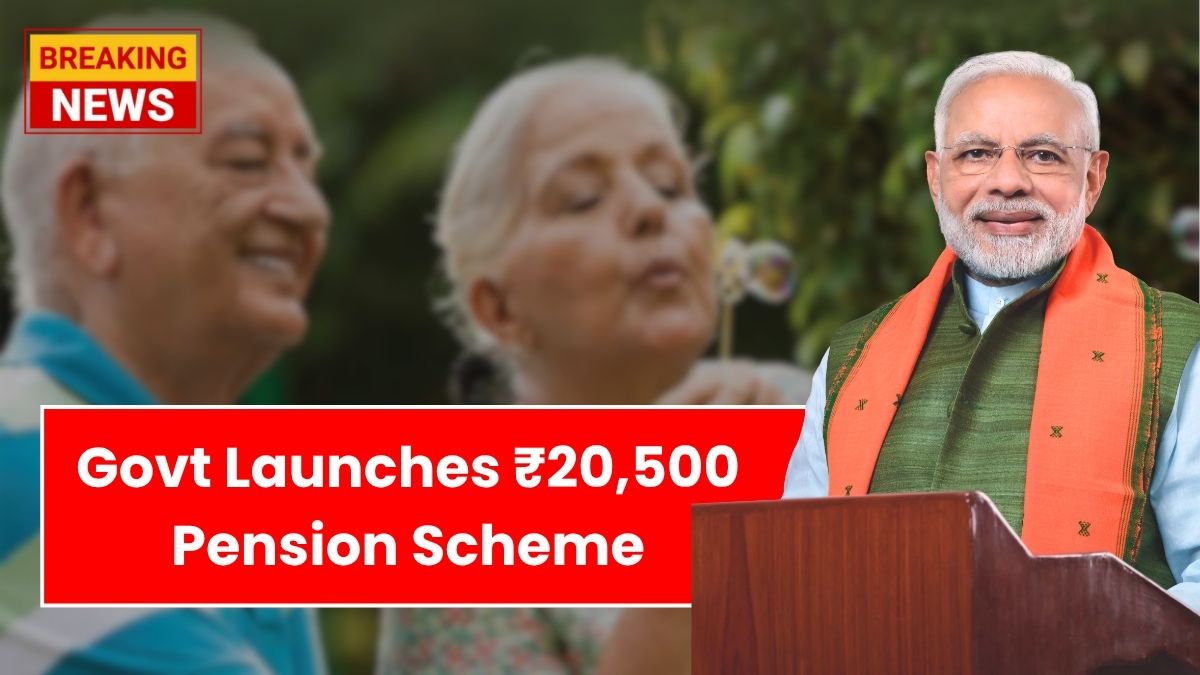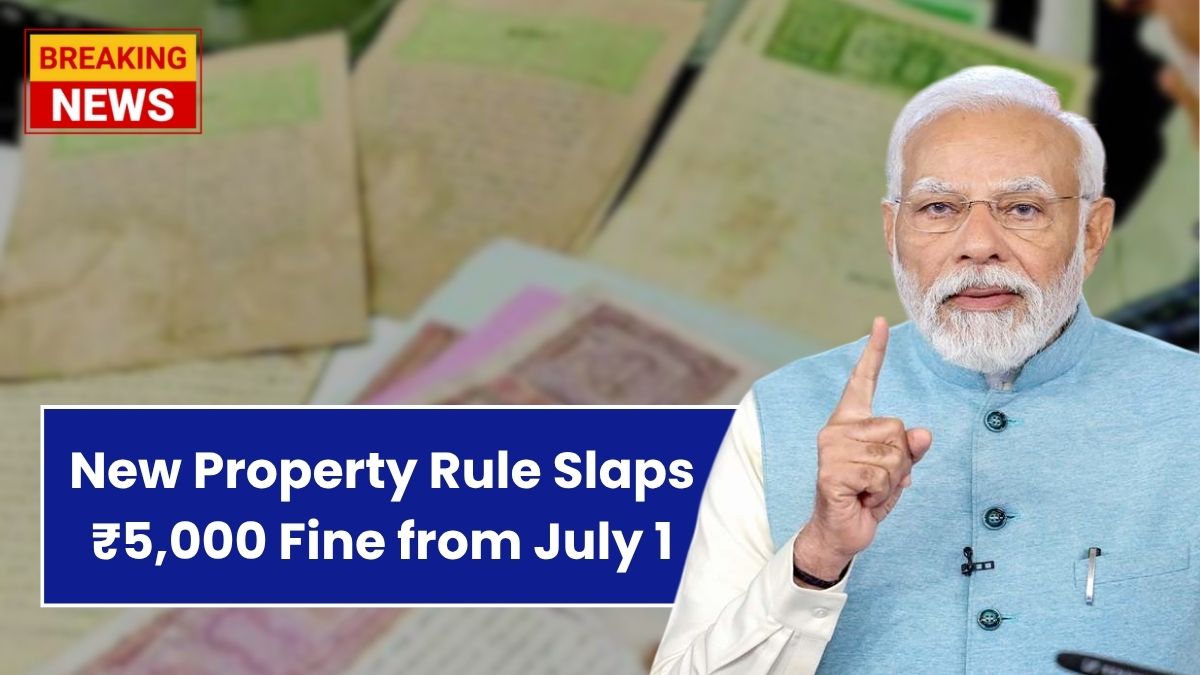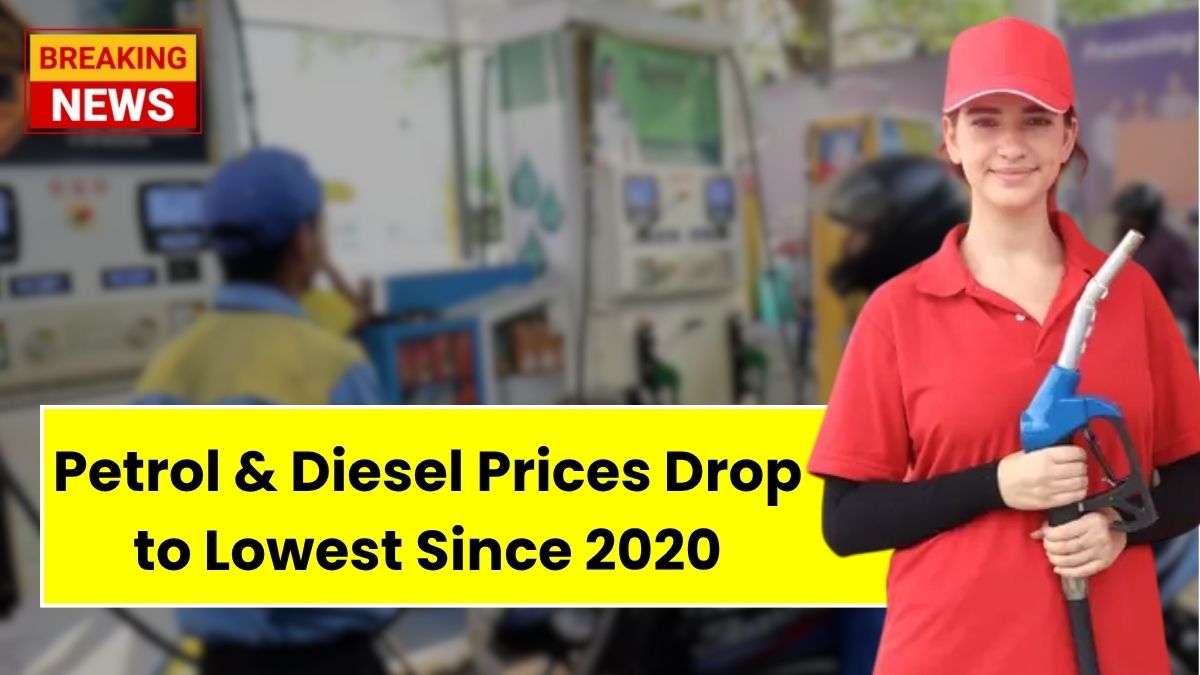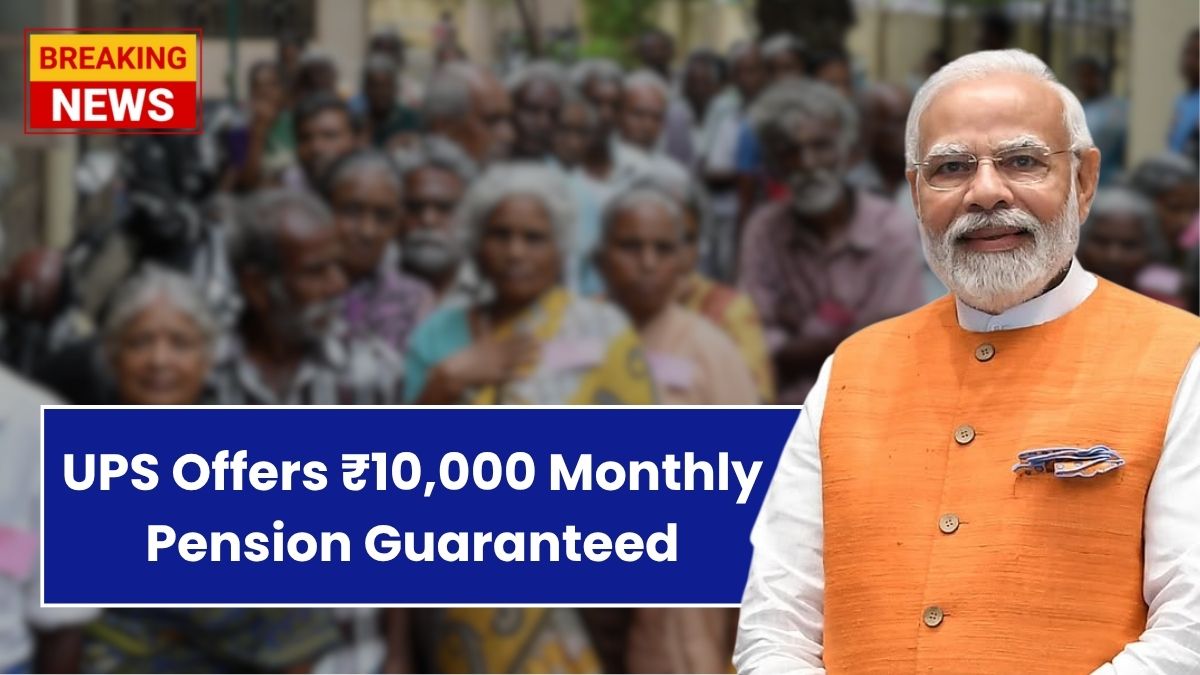FASTag Annual Pass – India’s highways are going through a big change, and if you’re a frequent traveler who’s been relying on the ₹3000 FASTag pass, this one’s for you. Starting in 2025, many toll booths across the country will stop accepting this pass. The government, through the National Highways Authority of India (NHAI), is rolling out new guidelines aimed at improving toll collection and reducing misuse. This means the familiar comfort of a one-time pass will soon be replaced by a more dynamic system. So, what’s changing, and how does it impact your daily or long-distance commute? Let’s break it down in simple terms.
Why the ₹3000 FASTag Pass is Being Rejected
The ₹3000 FASTag pass, which gave users annual toll access at specific booths, is now being phased out. The reason? Authorities say the system had several flaws, including misuse and lack of transparency. Instead of blanket tolling, the new idea is to make people pay only for the distance they actually travel. This usage-based model is expected to bring fairness and cut down on traffic congestion, especially at busy plazas. By removing flat-rate passes, the NHAI aims to make the system more efficient and discourage people from overusing highways just because they’ve already paid a fixed amount.
What New Rules You Can Expect
Come 2025, several changes are going live. The ₹3000 pass will no longer work at many toll booths. In its place, a distance-based or dynamic toll pricing system will be used. That means your toll charge depends on how far you drive on a highway. This model is expected to be more economical in the long run. Also, new tech is being introduced for better monitoring—think automatic vehicle classification and improved detection systems. A centralized payment platform is also on the way, so you can manage all tolls in one place, no matter which part of the country you’re in.
How This Impacts Regular Commuters
If you’re someone who drives daily or frequently for work or personal reasons, this change will affect your travel planning. Many commuters are worried about rising travel costs, but NHAI insists the new system will actually reduce unnecessary charges. It could even be cheaper for those who only travel short distances but were paying the full flat fee earlier. That said, you’ll need to keep a closer eye on your travel budget and route plans. Make sure your FASTag account is always recharged and updated because tolls will now be charged precisely and automatically.
Things You Might Need to Adjust
Travelers will need to start planning their routes better. Since not all toll booths will immediately shift to the new model, knowing where the ₹3000 pass is still valid (temporarily) and where it isn’t will be crucial. Check updates regularly from NHAI, especially if your commute involves multiple states or long-distance trips. Budgeting is another thing—while some may save money, others might need to spend more depending on their usage. You might also find it helpful to explore alternative or local roads to reduce toll costs.
Old vs New Toll System – What’s Changing
The old toll system was simple but flawed. You paid a flat fee, and that was it—whether you traveled 10 kilometers or 100. In the new system, tolls are calculated based on the distance you actually cover. The idea is to be fair and efficient. Advanced tech will help process payments faster, and the coverage will be wider and more unified across the country. Sure, it’ll take some getting used to, and there may be a few bumps early on, but over time it could improve traffic flow and reduce bottlenecks at toll plazas.
What the Coverage Map Tells Us
The coverage map is a vital tool to help you understand where the changes are happening first. In North India, the transition is still partial, but highways like NH1 and NH44 are already moving towards the new system. Down south, it’s a full rollout—NH48 and NH66 are among the first to implement the dynamic model. East India is slowly catching up, with improvements on NH16 and NH34. In the west, it’s nearly complete on major roads like NH8 and NH48. Central India is expected to join soon, with NH3 and NH7 on the radar. Keeping track of this map can save you both time and money.
How to Get Ready for the Change
Start by checking your FASTag account. Make sure your vehicle info, contact details, and bank linkages are all current. Next, review your monthly travel costs and plan for any increases. You might want to join local driver forums or online communities where users share tips and updates about toll changes. Also, keep an eye on NHAI announcements—important changes will likely be introduced in phases, and staying informed means you won’t be caught off guard.
Disclaimer
This article is based on available reports and government announcements regarding the FASTag policy changes expected from 2025. Readers are advised to verify updates through the official NHAI website or toll authorities, as implementations may vary across regions and timelines.
